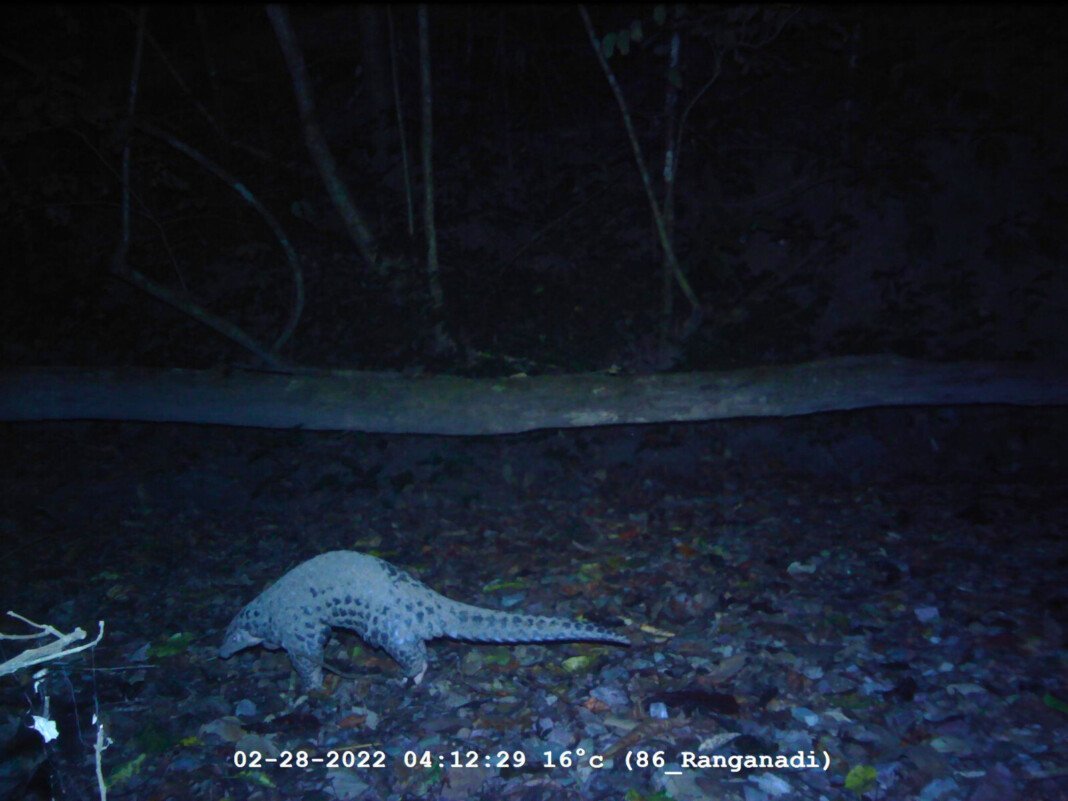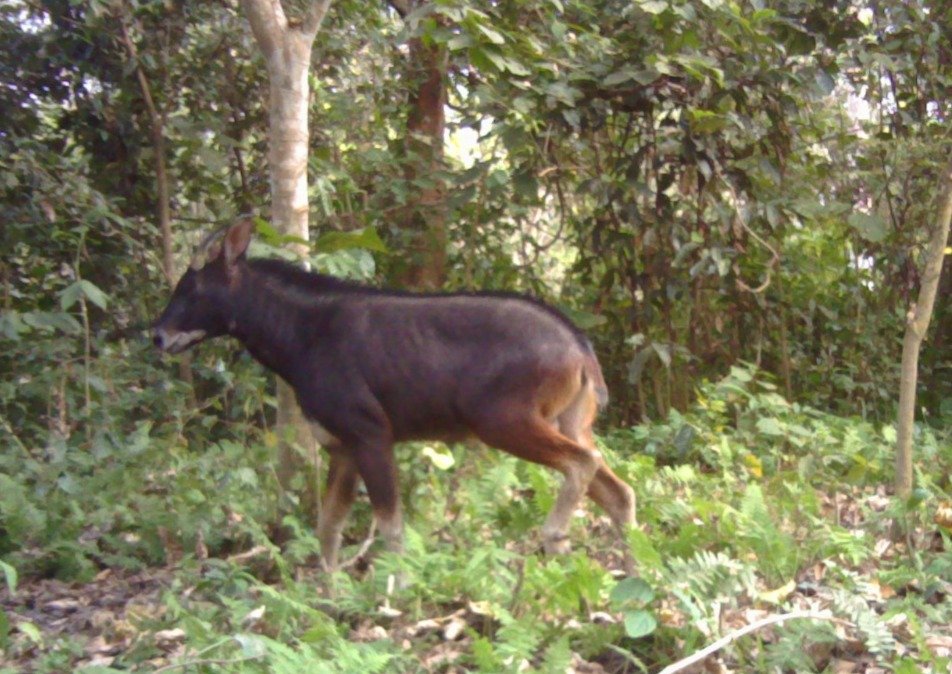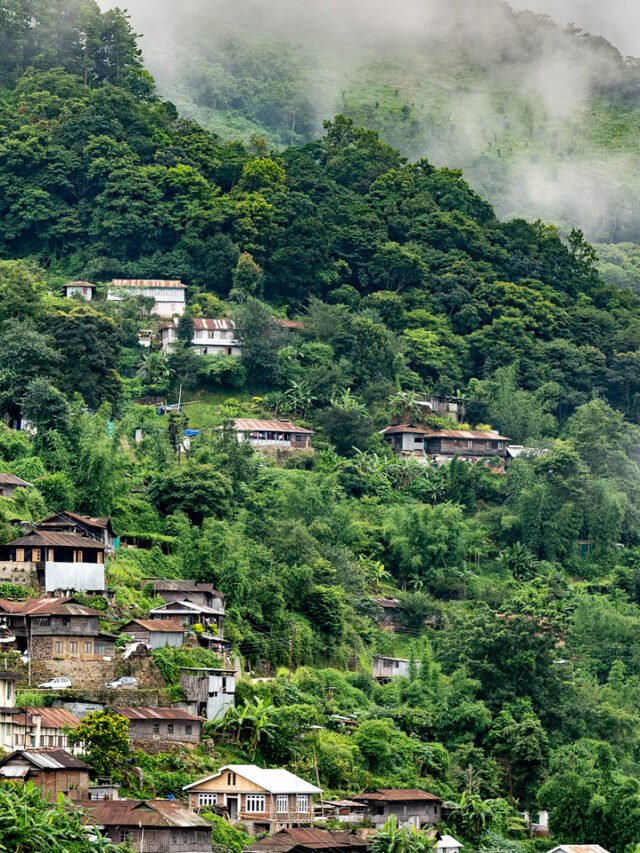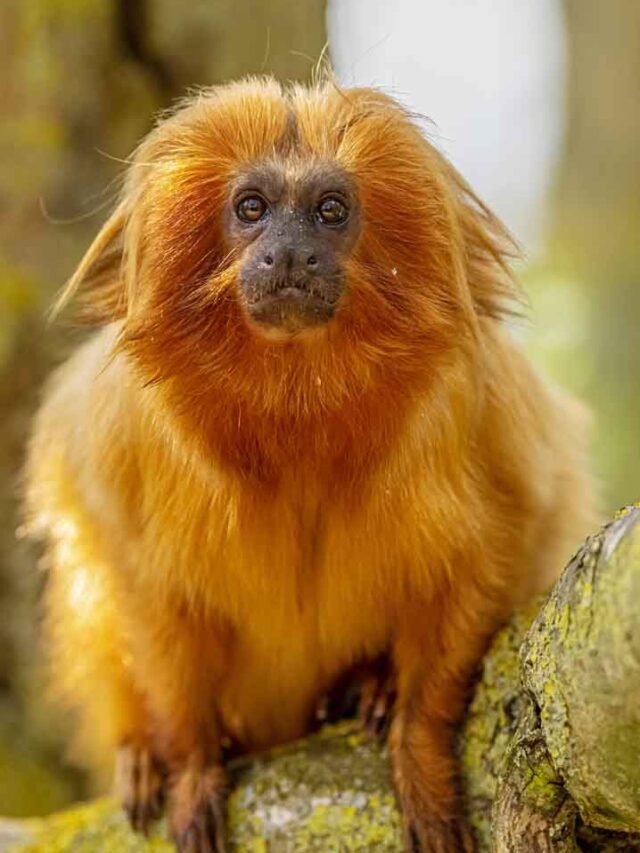HT Bureau
GUWAHATI, Nov 27: An exciting discovery has been made in Raimona National Park by conservationists and forest officials, who have recorded the first photographic evidence of the Chinese pangolin.
As part of a study published in the ‘Journal of Threatened Taxa’, an internationally recognised scientific, peer-reviewed open-access journal, a team led by the Kachugaon Forest Division, Assam Forest Department, conservationists from the region’s foremost biodiversity conservation organisation Aaranyak, and other organisations have confirmed the finding.
“The paper also clarified confusion regarding the occurrence of the Indian Pangolin in Assam and Northeast India, which will potentially rectify the distribution map of the IUCN Red List,” says the lead author of the paper, Dr Dipankar Lahkar, a senior conservation biologist with Aaranyak.
Aaranyak’s senior scientist Dr M Firoz Ahmed, along with Bhanu Sinha, Pranjal Talukdar, Biswajit Basumatary, Tunu Basumatary, Ramie H Begum, Nibir Medhi, Nitul Kalita, and Abishek Harihar, also contributed to the paper.
The Chinese Pangolin (Manis pentadactyla) is a highly trafficked, elusive, solitary, nocturnal, burrowing mammal, with scarce information available about its distribution and current occurrence across its range.
“This interesting finding of the occurrence of the Chinese pangolin in Raimona National Park was recorded as part of continuous research aimed at improving conservation efforts in the park. This will, in my opinion, strengthen the spirit of conservation in Raimona and help ensure that more elusive findings will soon be recorded,” said Bhanu Sinha, divisional forest officer of Raimona National Park.
There are two species of pangolins in India—the Indian pangolin (Manis crassicaudata) and the Chinese pangolin—according to the report.
“Considering the high extinction risks due to low population levels and extensive hunting and poaching for illegal trafficking, the Chinese pangolin was listed in Appendix-I of CITES, classified as ‘Critically Endangered’ in the IUCN Red List, and included in Schedule I of the Indian Wildlife (Protection) Act, 1972. Despite stringent legal protections in India, pangolins are continuously hunted for their meat, body parts, and traditional medicinal purposes,” says the report.
The Chinese pangolin currently occurs in eastern, northern, and southeastern Asian countries, spanning India, Bhutan, Bangladesh, Nepal, Myanmar, Thailand, China, Hong Kong, Taiwan, Laos, and Vietnam, at elevations ranging from 0 to 3,000 meters. In India, the Chinese pangolin is restricted to the foothills of the Himalayas, in the northern and northeastern regions.
Raimona National Park (RNP) is located along the foothills of the Himalayas and is contiguous with the Phibsoo Wildlife Sanctuary of Bhutan, the westernmost protected area within the India-Bhutan Transboundary Manas Conservation Area.
RNP is considered an important protected area in the complex that connects the forested areas of northern West Bengal, Bhutan, and the Manas Tiger Reserve to the west, north, and east, respectively.
RNP is a newly protected area, established in 2021, with a total area of 422 km², under the administration of the Kachugaon Division, Bodoland Territorial Region, Assam. The area has a long history of ethnopolitical conflicts, which have potentially affected conservation mechanisms.
“Since 2019, the RNP authority, in collaboration with Aaranyak, has been conducting systematic annual camera-trapping surveys to assess and monitor species assemblages and populations of terrestrial mammals. During the systematic surveys, with camera-trapping efforts of 1,470 trap-days in 2022, three independent photo-captures of the Chinese Pangolin were obtained from the semi-evergreen forest on January 30, 2022, at 12:13 pm and 2:39 am, and one more on February 28, 2022, at 4:12 am from the Ranganadi area under the western range (Raimona) of the RNP,” says Dr M Firoz Ahmed, a senior scientist with Aaranyak.
The photograph was captured in a dry stream that joins the Ranganadi River, covered with semi-deciduous forest dominated by sal trees (Shorea robusta). The surface around the camera station was primarily blanketed by small to medium stones covered with dry leaf litter. This marks the first confirmed photographic evidence of the Chinese Pangolin in RNP.












